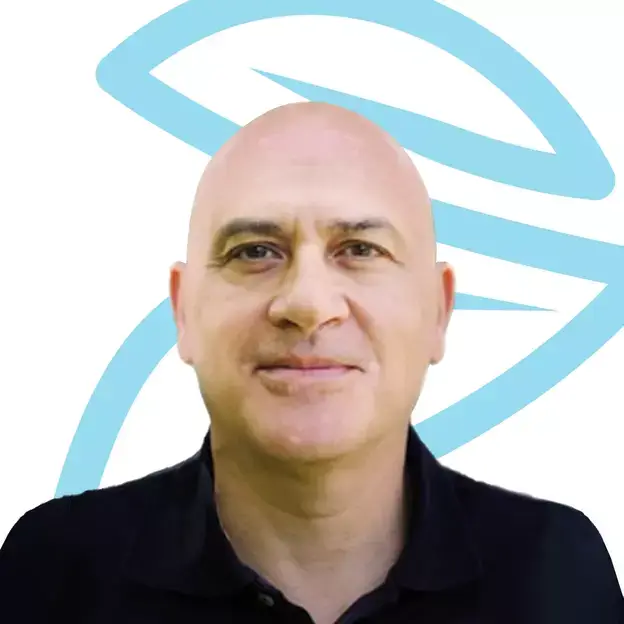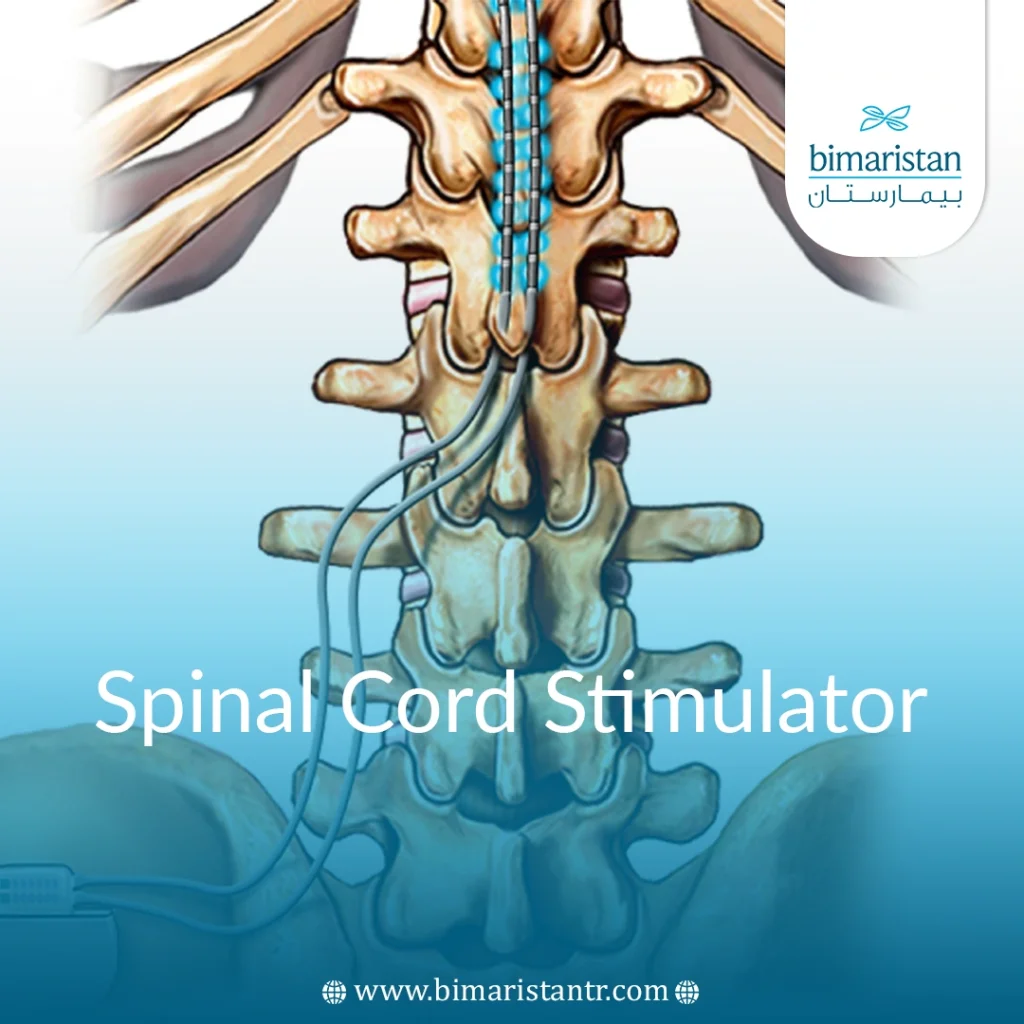Are you tired of chronic back and neck pain and relying on painkillers? In Turkey, the spinal cord stimulator technique provides lasting relief.
Spinal cord stimulator (SCS) technology has emerged as a standard of care for individuals suffering from chronic neck and back pain. Recent advancements in SCS devices have enabled patients with spine-related chronic pain to significantly reduce or even eliminate their dependence on medications, allowing them to regain a comfortable and productive lifestyle.
What is spinal cord stimulation?
Spinal cord stimulation is known as a modern technique that can help relieve pain and improve the quality of life for people with chronic (long-term) pain. Such as lower back and leg pain. SCS may also help reduce and manage chronic pain that does not go away with physical therapy, painkillers, injections, or other non-surgical treatments.
Spinal cord stimulation is a form of neuromodulation that blocks nerve pain signals from reaching the brain. This is where the feelings of pain are processed. A spinal cord stimulator is a small device that is implanted under the skin. The device delivers a slight electrical pulse that masks or changes pain signals before they reach your brain.
SCS consists of the following components:
- Neurostimulator: A small device implanted under the skin that sends electrical impulses through a wire (lead) to nerves in the spinal cord.
- Connecting wire: A thin wire implanted in the spine that delivers electrical impulses from the neurostimulator.
- Remote control: Turns the neurostimulator on and off and increases or decreases the amount of stimulation.
- Charger: Rechargeable nerve stimulators typically require about one hour of charging every two weeks.
A variety of spinal cord stimulators are available that work in different ways to reduce pain through neuromodulation:
- Traditional spinal cord stimulators produce a gentle tingling sensation that masks the feeling of pain.
- Spinal cord burst stimulators send intermittent bursts of electrical impulses designed to mimic the way the body sends nerve impulses.
- High-frequency spinal cord stimulators reduce pain without creating a tingling sensation.
What Types of Pain Does a Spinal Cord Stimulator Treat?
A spinal cord stimulator is an FDA-approved treatment for managing chronic pain, particularly in the back or legs, on one or both sides of the body. It is especially effective for pain that persists following back surgery, a condition known as failed back surgery syndrome (FBSS).
Common Conditions Treated with a Spinal Cord Stimulator
- Chronic Back and Leg Pain
- A spinal cord stimulator is commonly used to address chronic pain in the back and legs caused by nerve damage due to accidents, injuries, or diseases. Unlike acute pain, which serves a protective purpose (e.g., alerting the body to injury), chronic neuropathic pain lasts for three months or more and does not benefit the body.
- Complex Regional Pain Syndrome (CRPS)
- Spinal cord stimulators are effective in treating CRPS, a rare but severe condition that typically affects the arms, hands, legs, or feet. CRPS is believed to result from nervous system damage or dysfunction and can cause persistent and debilitating pain.
- Peripheral Neuropathic Pain
- Peripheral neuropathy involves nerve damage outside the spinal cord, most often affecting the hands or feet. This condition may be caused by infections, trauma, surgery, diabetes, or unknown factors. A spinal cord stimulator can help manage this type of pain by altering how pain signals are transmitted.
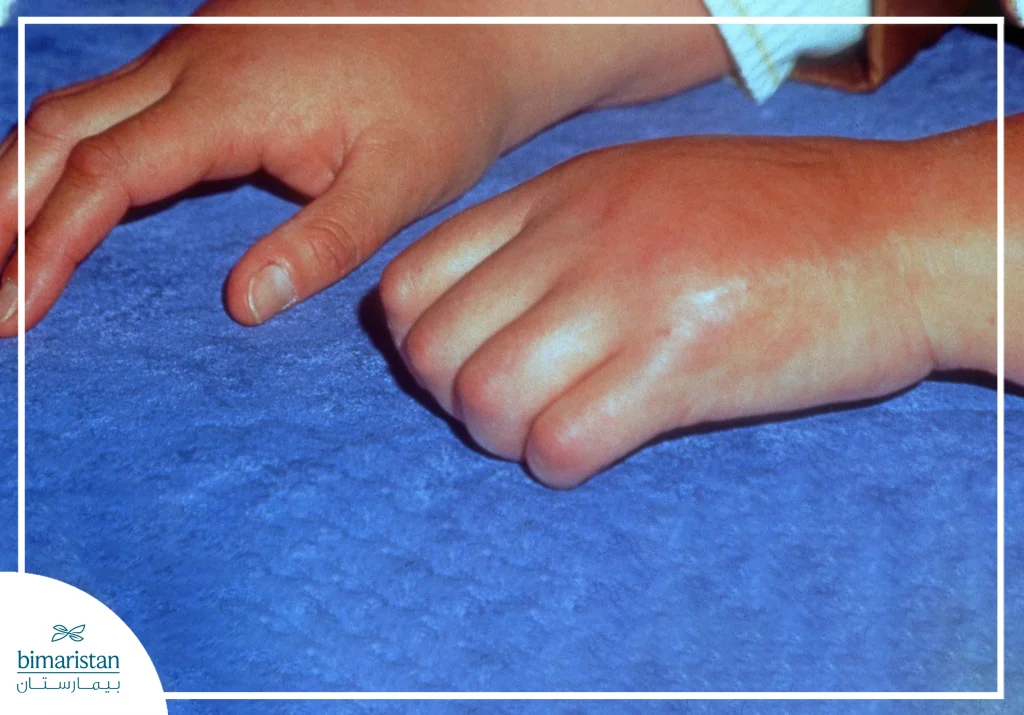
How is a spinal cord stimulator implanted?
Spinal cord stimulation (SCS) is a relatively new technology in Turkey and around the world that can help manage chronic pain when the cause of the pain cannot be removed or the injury cannot be repaired. The device consists of a stimulation wire or “electrode” and a control unit or “generator.” By placing a stimulating electrode on the spinal cord, the pain signal is prevented from being sent from the spine to the brain. After the patient has been evaluated and non-surgical treatments have been utilized, this is where spinal cord stimulation comes in to help manage chronic pain. The patient often undergoes mental health testing and counseling so that they understand how to operate the implanted device.
The experiment is performed by placing one or two wires in the space outside the spinal cord and controlling them from a unit outside the patient’s body. This wire is usually kept in place for about a week. The patient can test how effective the stimulation through the wire is at relieving pain. The stimulation is a very mild electrical impulse that the patient usually does not feel. These electrical impulses mask the pain signal and can be adjusted over the course of the trial to provide as much pain relief as possible. Trials are considered successful if they can eliminate half of the patient’s pain.
Spinal Cord Stimulator Implantation Process in Turkey
Once the trial phase of the spinal cord stimulator has been deemed successful, the patient is prepared for surgery to implant the permanent device. The procedure typically involves making a small incision in the back and another near the waist.
- Placing the Electrode
- A small flat electrode or wire is inserted through the incision in the back into the space behind the spinal cord. The wire is then guided under the skin to a second incision near the waist, where it is connected to a small, battery-powered generator.
- Implanting the Generator
- The generator, which powers the spinal cord stimulator, is placed under the skin at the waist incision. After the system is fully connected, it is tested to ensure that everything is functioning properly.
- Closure and Post-Surgery
- If the system is working as expected, the incisions are closed, and the surgery is completed. The spinal cord stimulator can then be controlled via a small, handheld remote, allowing the patient to adjust the stimulation levels as needed.
- Battery Maintenance
- Some spinal cord stimulators have rechargeable batteries that need to be recharged every few days, while others have non-rechargeable batteries. Non-rechargeable batteries typically need to be replaced every 3-5 years, while rechargeable batteries can last between 10-15 years.
What is the recovery time after an SCS implant?
The healing time after the procedure is between 6 to 8 weeks. You may experience pain and swelling at the incision site and in the area where the device was implanted (e.g., upper buttocks). These symptoms should disappear after a few days.
Immediately after implanting a spinal cord stimulator, the following types of movements should be avoided:
- Lifting
- Bending
- Stretching
- Twisting
During your recovery period, a representative from your stimulator provider, SCS, will meet with you to optimize settings and train you on additional features.
You can return to your normal activities under your doctor’s supervision. Light exercise, such as walking, is recommended to help you build strength and relieve pain.
Stimulator Battery Life
Depending on usage, a themary cell battery typically needs to be replaced every 4 to 5 years, and a deprechargeable battery typically lasts about 10 years.
What are the potential benefits of spinal cord stimulation?
Spinal cord stimulation (SCS) is a form of neuromodulation that works by blocking pain signals in the nerves from reaching the brain. In addition to reducing pain, other important benefits of SCS include the following:
- Optimizing performance
- Increased activity and mobility
- Reduce opioid use
- Reduced need for other painkillers
- Less reliance on the brace
- Improving sleep
The effects of SCS vary from person to person, and it is important to understand that SCS may help reduce pain but not eliminate it.
What are the potential risks of spinal cord stimulation for chronic pain?
During SCS implantation, there is a risk of bleeding, infection, surgical site pain, nerve damage, or (rarely) paralysis.
In some people, scar tissue may build up over the electrode at the end of the conducting wire, preventing the electrical impulses of the stimulator from reaching their target. In addition, the wire may move or shift, sending the stimulation to the wrong location. The neurostimulator may also travel under the skin, making it painful or difficult to charge the battery or connect to the handheld remote.
There is also a small risk that the conductive wire will break or that the stimulator will malfunction and require replacement. Finally, some patients may initially respond well to spinal cord stimulation but later develop tolerance to the treatment. In this case, the pain returns because the nerves stop responding to the neuromodulation.
Precautions when performing electrical stimulation of the spinal cord in Turkey
Discuss with your doctor what you can and cannot do during SCS implantation or activation (delivering an electrical pulse). Here are some precautions to keep in mind:
- Do not drive or operate heavy equipment when the catalyst is active.
- SCS systems may trigger metal detectors at airports, for example, and manual TSA screening may be required.
- MRI, electrocautery, diathermy, defibrillators, and pacemakers can all interact with some SCS devices, resulting in patient injury or damage to the spinal cord stimulator.
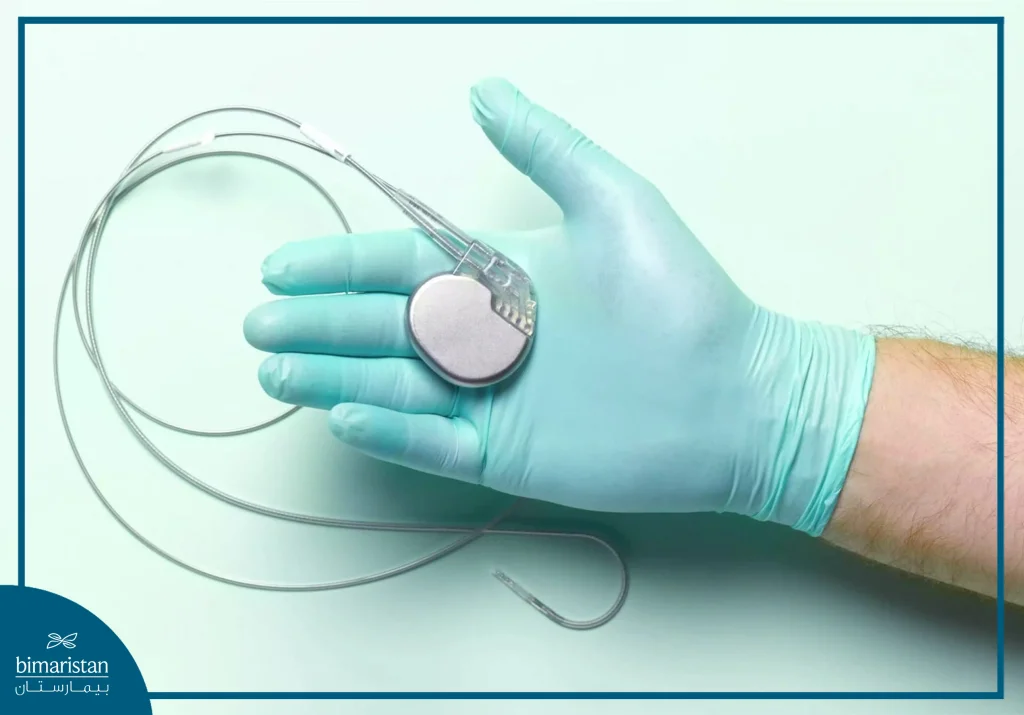
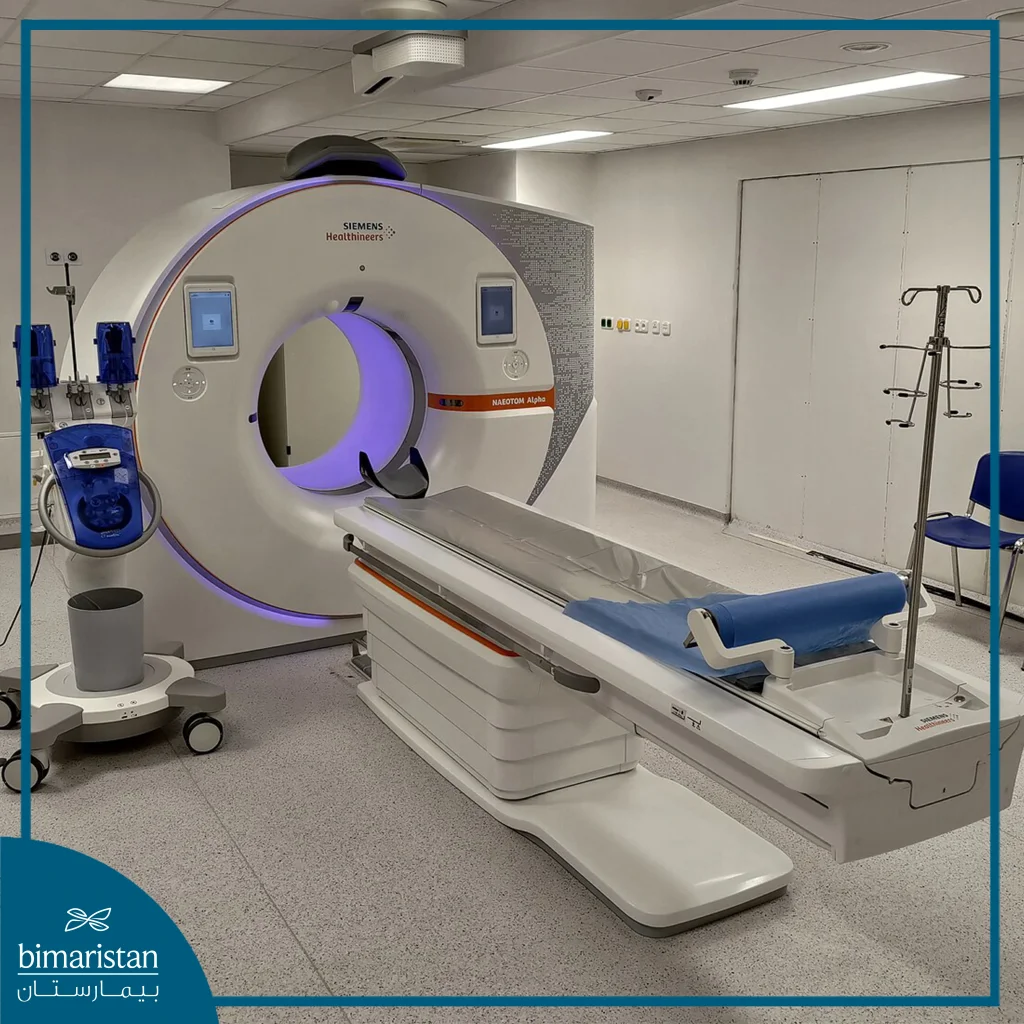
The decision to use spinal stimulation depends on your individual needs and risks. Talk to your doctor to determine if trying a spinal cord stimulator is the right treatment option for you.
Contact us at Bimaristan if you suffer from chronic pain in your neck and back, we will help you get rid of all your pain. For more details about the surgeries available in Turkey, we advise you to read the following article from here.
Sources:
- Neurochirurgisch Centrum
- Johns Hopkins Medicine
